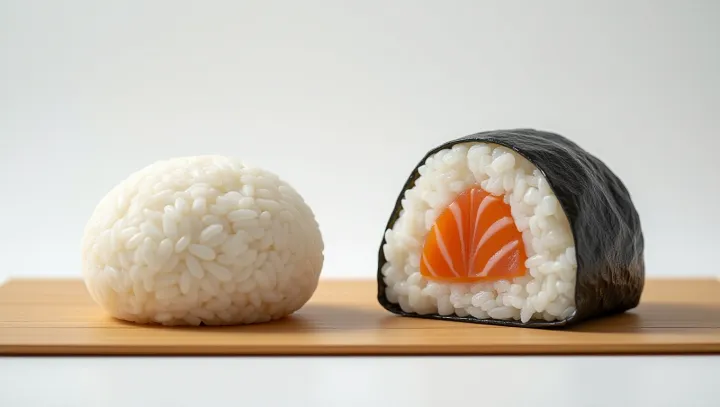Rice Balls vs. Onigiri: Unraveling the Mystery

In the vibrant culinary scene of Tokyo, a debate is brewing among food enthusiasts and culinary experts: Are rice balls and onigiri truly the same. This question has sparked widespread discussions and ranged opinions across various platforms. In a recent symposium held in the heart of Tokyo, renowned chef Ayane Suzuki emphasized the nuanced differences.
'While onigiri is often considered just a rice ball in the West, it is embedded with cultural significance and distinct preparation styles,' she asserted. Onigiri often involves seasoned rice, with fillings like umeboshi (pickled plum) or salmon, wrapped in nori seaweed, setting it apart from simple rice balls. The culinary conversation extends beyond Japan, as international chefs and food bloggers from different backgrounds join the discourse.
Gourmet expert James Martinez from New York remarked that 'understanding the subtleties between these two can enrich our global palate, urging us to appreciate the unique and rich tapestry of Asian cuisines.' This discussion highlights a broader trend of increased global interest in Asian culinary arts. With the rise of international food festivals and social media platforms accentuating cultural food exploration, the curiosity about traditional snacks such as onigiri continues to grow. For culinary tourism, exploring such nuances becomes essential in providing authentic experiences.
